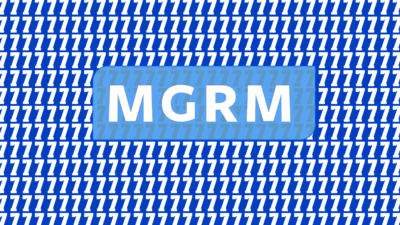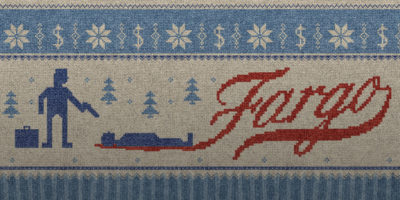In these heady days of animation becoming more accepted as a medium for adults and kids alike, it seems as though every time we turn around there is a hot, new creator of something buzzy and animated. Although this is far from a bad thing, it does mean that the market is filling up. It’s becoming more and more difficult to craft a truly unique show—which is where Luke Pearson’s HILDA stands out.

It’s hard to compare Hilda to any existing show, because there’s nothing really quite like it. Based off of a graphic novel, the animation has vibes of STEVEN UNIVERSE, while the tone sometimes reflects Miyazaki, and, at times, Terry Pratchett. It’s not quite aimed at the preschool crowd, and not quite the six-11 market either: it’s a mix of both, a perfect blend of inspirations from animations and fantasies past turned uniquely into its own thing. It’s everything I dreamed of as a fantasy novel-obsessed child—a beautiful, magic-infused land with a large range of Scandinavian-influenced creatures and an adventurous girl who gets to hang out there.

This is literally all I have ever wanted out of my life
Thematically, HILDA centers on the conflict between old ways and new ways, with Hilda herself as the link between them. She comes from the ancient, fantasy-infested countryside, but now must adjust to life in the new and modern city. As someone who is in love with worlds that feature deep lore, the promise of more deep dives into the occasionally-hinted-at history of Hilda’s world is what drew me to the show in the first place—an injured crow that turns out to be a Thunderbird god, a mountain that turns out to be a giant waiting for his lost love—these are just hints of a promise of amazing things still to come.
What Hilda lacks in tons of loud action it makes up for in visual humor, dry wit, and heart. At one point, one of the stick-figure elves who populates the land Hilda’s house is on mentions that something is out of his hands, and then quips, “And I don’t even have hands!” (Because he is drawn as a stick figure. Ba dum tsh.) In what is perhaps a joke for the adults watching the show, there is a running joke with the elves needing contracts and written permission for everything—including being allowed to see them. (Apparently, elves just love lawyers and contracts.) That’s not to say Hilda doesn’t have any action at all—although fairly slow-paced for a cartoon, it places much of its story emphasis on trolls: beings that turn into stone during the day, but are free to roam around at night, and are considered extremely dangerous. These creatures are usually responsible for desperate shenanigans on Hilda’s part, but the subtle storytelling also hints that there’s more going on with these things than meets the eye.

Move over STEVEN UNIVERSE, Hilda is gonna kick your ass in the gentle protagonist game
The series turns its focus to Hilda’s relationships with these fantastical creatures, but there are plenty of human characters to interact with as well. Something that astounds me is how well the children are written. Many shows portray their kids as some kind of mini-adults, but HILDA does well to remember what elementary-aged kids are actually like: caring, adventurous, weird, and sometimes, just plain assholes. Hilda naturally cares about things that would be important to a child her age, which are sometimes weird and nonsensical, such as a rock needing to be placed in an exact right way, or wanting to play with a bird rather than watch a parade. She has trouble fitting in after a life lived nearly in isolation with her mom and animals and elves for company, and must adjust to how her city-dwelling peers think and act. With a simple color palette and a soothing soundtrack, Hilda kind of goes by in a cozy blink as she and her elf friend go on adventures and adjust to city life.
Just like a Miyazaki flick, there are also some tasteful hints of environmentalism throughout the show. Hilda and her mother are proponents of letting the world’s fantastical creatures do what they like, but the citizens of Trollberg, the nearest city, have built a wall and taken over for themselves without bothering to understand the land around them. Though it would be easy to go heavy-handed with this theme, Hilda keeps it very light and subtle and opts to focus instead on establishing world and characters.
If you like Miyazaki, you will definitely like HILDA. Don’t be put off by the slow pace at first—the landscapes and the creatures that populate them are just as crucial to the show as the characters and the main plots, and paired with the fantastic score, are simply calming to just look at and watch go by. Although Hilda’s been fairly slow-going until now, with Season 2 coming in 2020, I get the feeling we’ve barely scratched the surface of some deep lore and plot advances. Luke Pearson should be proud of himself, as he has created something beautiful and different.














[…] a beautifully designed magical world combined with the usual growing pains of being a kid. I wrote a dedicated piece for this magazine about why everyone, not just animation fans, should be watching …, but for the sake of this blurb, I will reiterate some of my main points. HILDA is a gentle show, […]